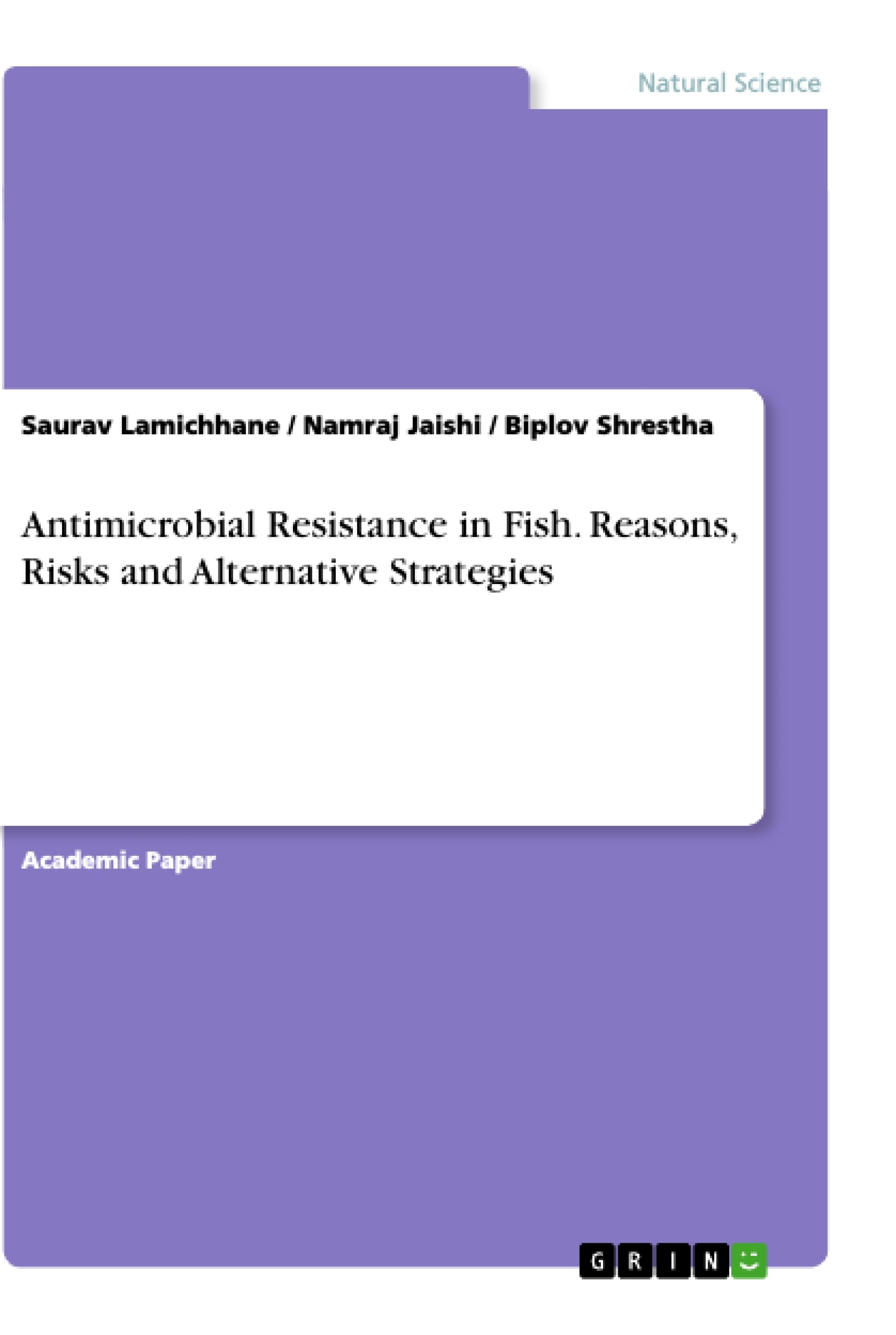This text deals with the antimicrobial resistance in fish as a result of its use in aquaculture, the development and spread of this resistance and the risk associated with the antimicrobial resistant in fish culture.
Antimicrobial resistance arises due to the overuse of antimicrobial drugs, most prominently antibiotics and others like antivirals, antifungals, etc. An antibiotic is a substance produced by one microorganism that selectively inhibits the growth of another microorganism and there are different types of it. Its use in aquaculture is accompanied by various factors and increasing use of it has several impacts.
As of now, the aquaculture sector is growing rapidly and currently, it accounts for more than half of the fish used for human consumption. Demand for food has been increased since the population of the world is growing rapidly so, dependent on aquaculture to provide a safe, reliable, and economic supply of aquatic food has also increased. This increase in production has been accompanied by the intensive use of antibiotics in the aquaculture industry which is leading to the production of antimicrobial-resistant pathogens.
Table of contents
1 Introduction
2 Antimicrobial agents use in aquaculture
3 Development and spread of antimicrobial resistance
4 Risk Associated with Antimicrobial Resistant in Fish culture
5 Management and alternative strategies
6 Conclusion
7 Conflict of Interest
8 References
- Quote paper
- Saurav Lamichhane (Author), Namraj Jaishi (Author), Biplov Shrestha (Author), 2021, Antimicrobial Resistance in Fish. Reasons, Risks and Alternative Strategies, Munich, GRIN Verlag, https://www.hausarbeiten.de/document/1061075



